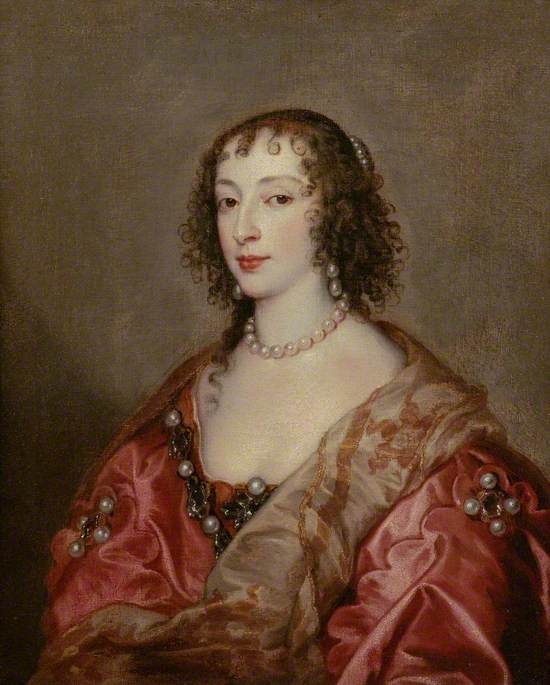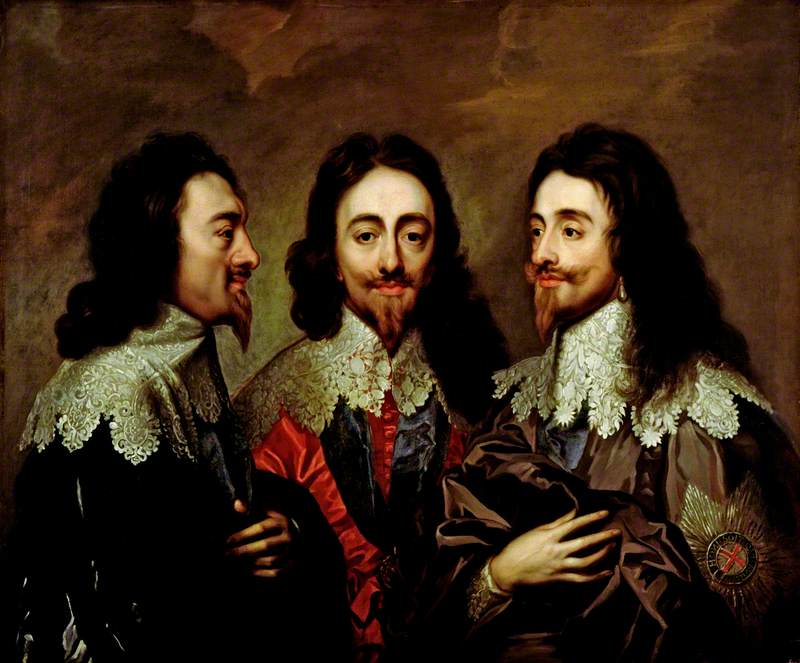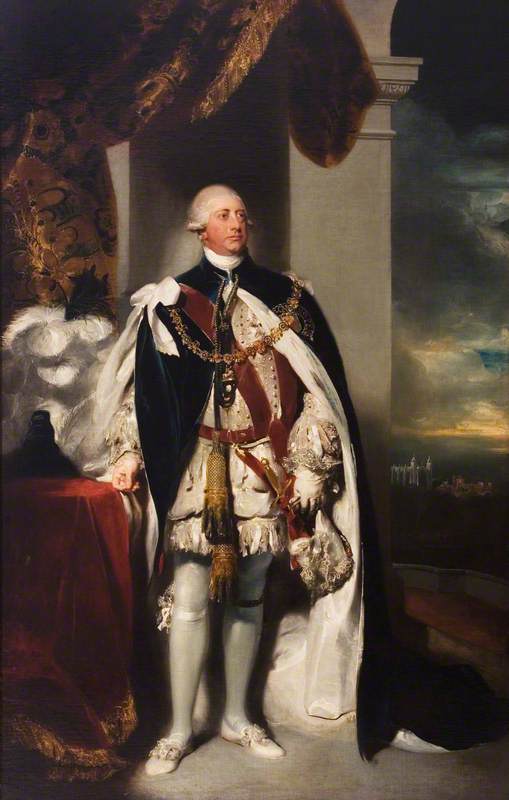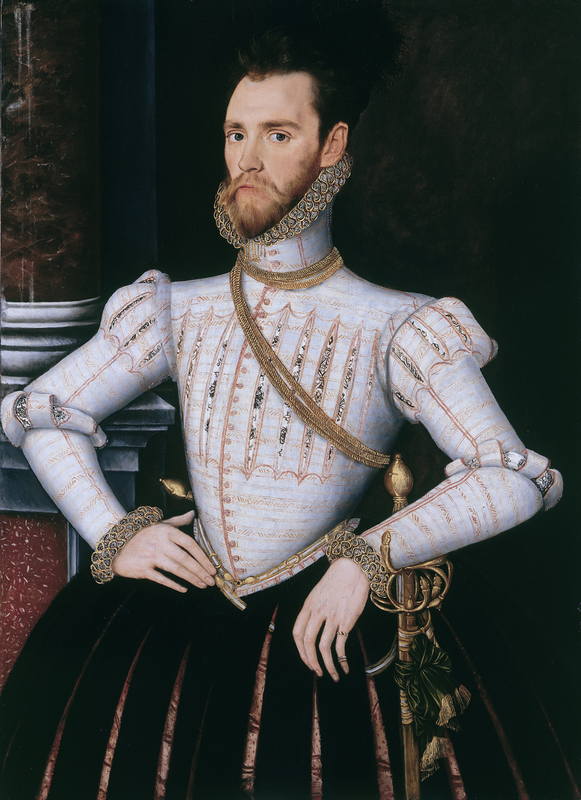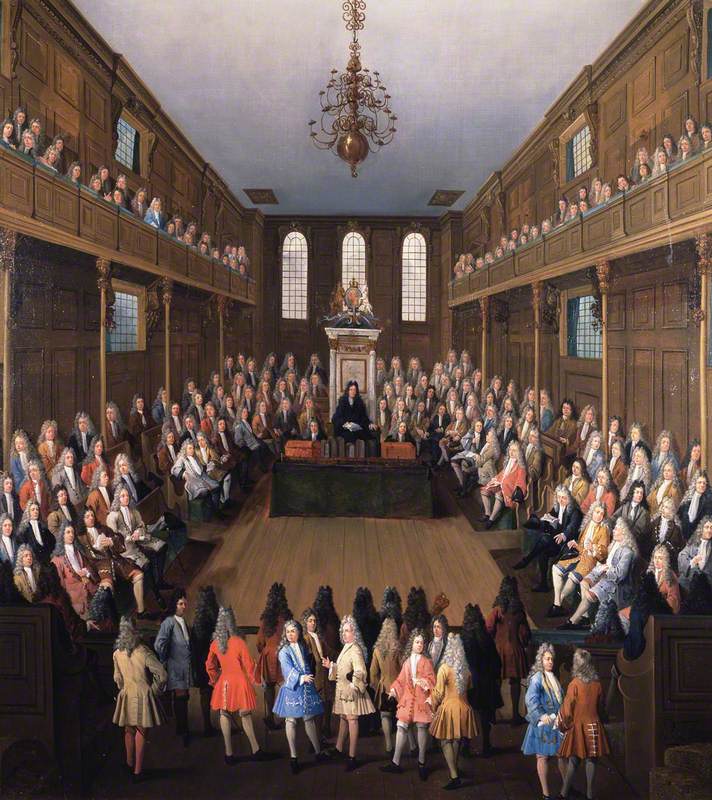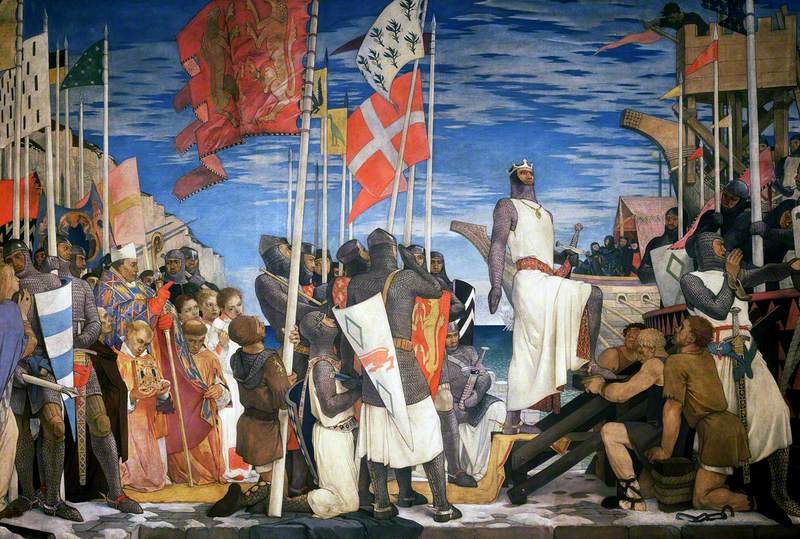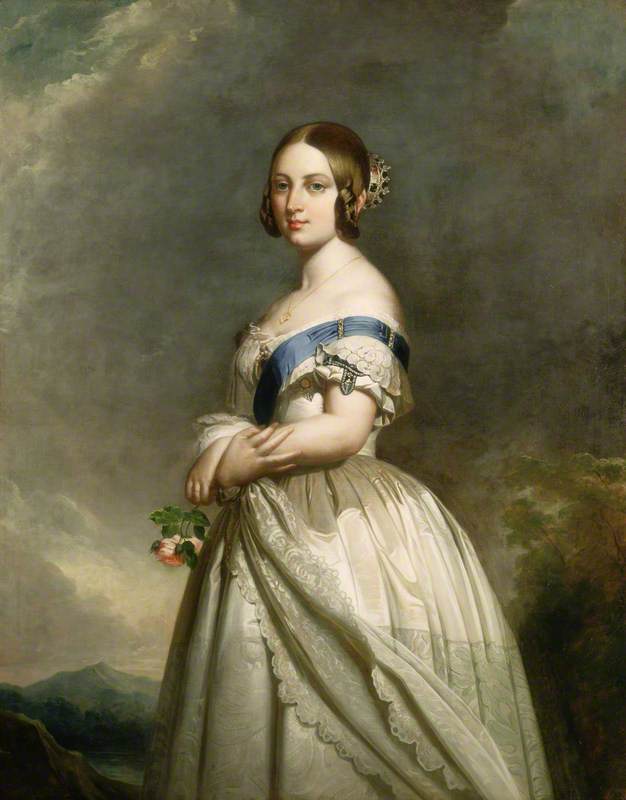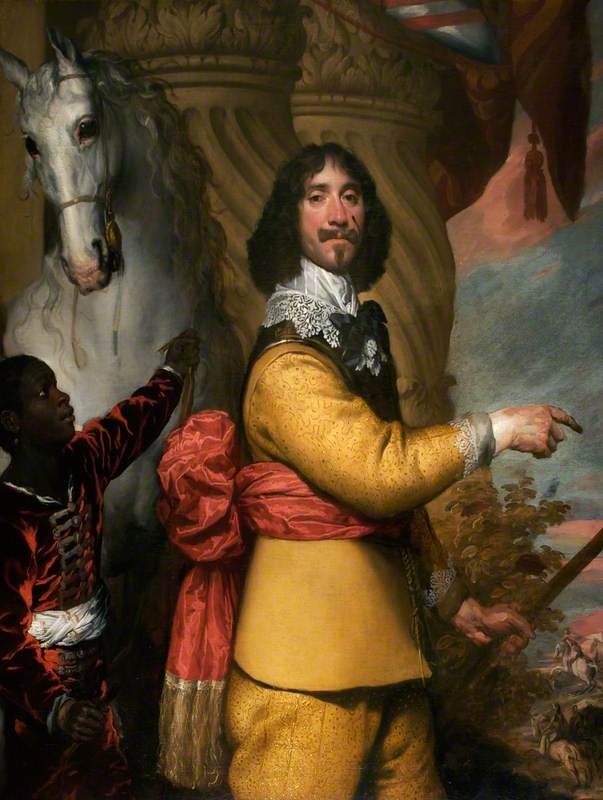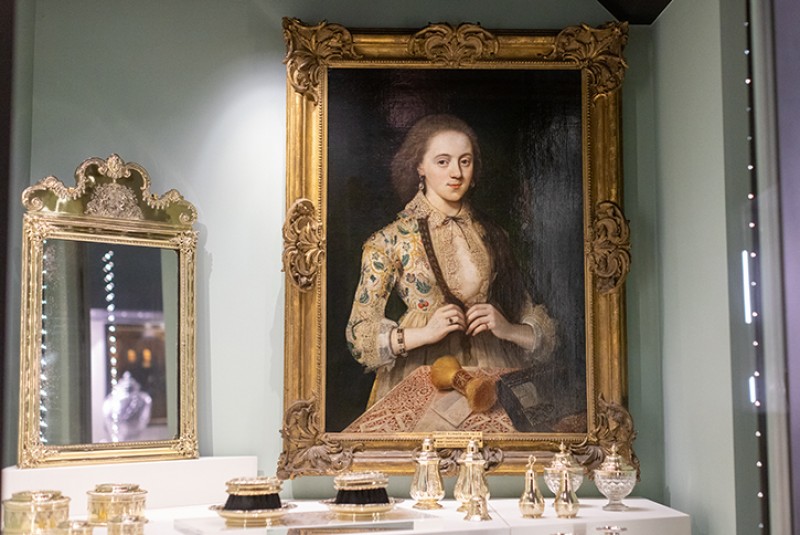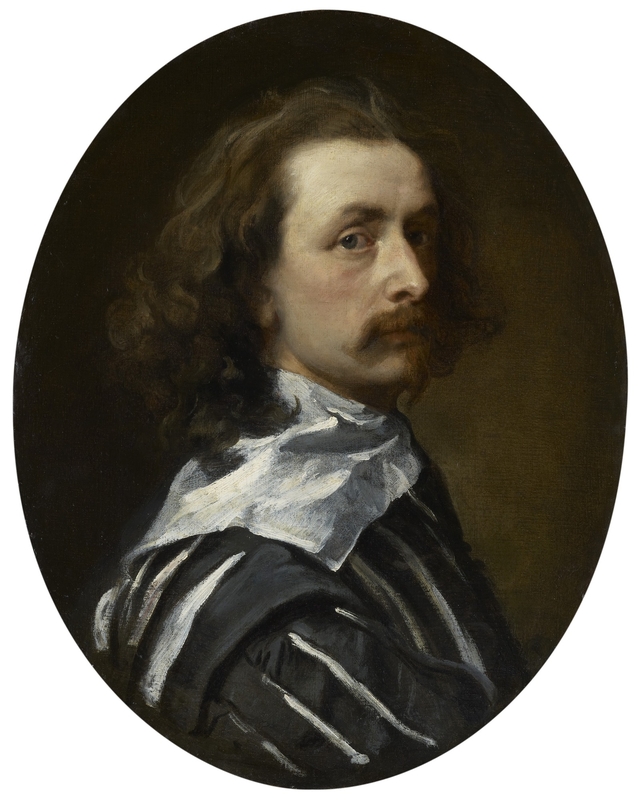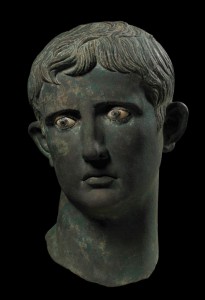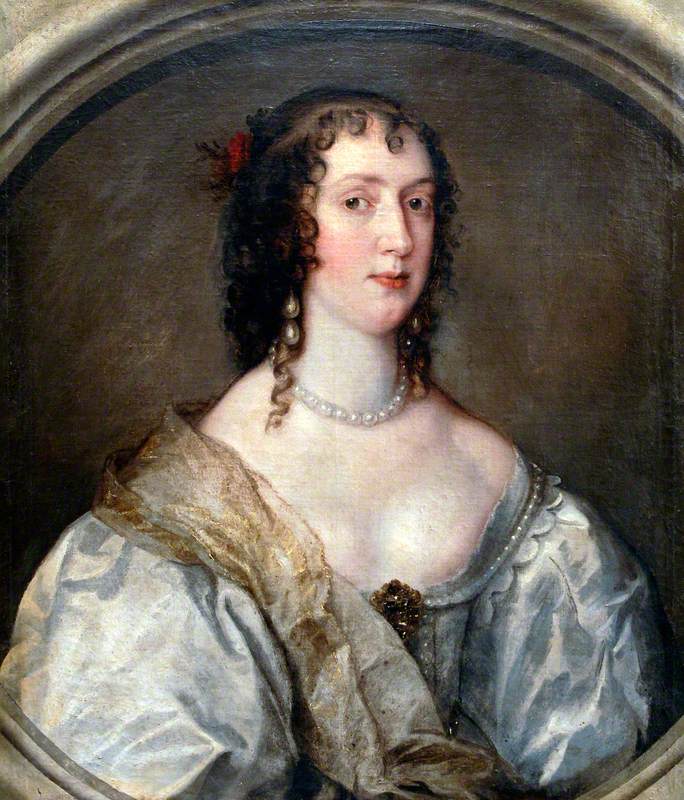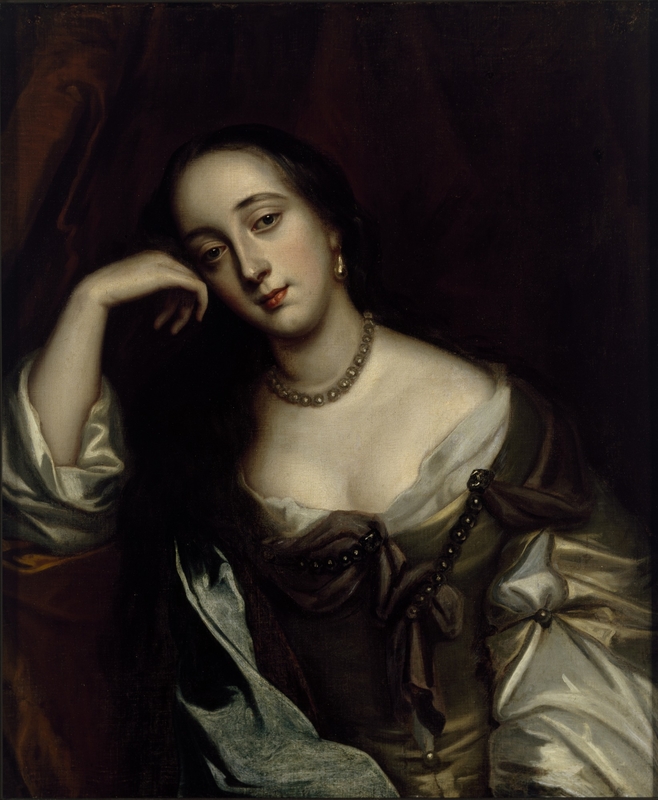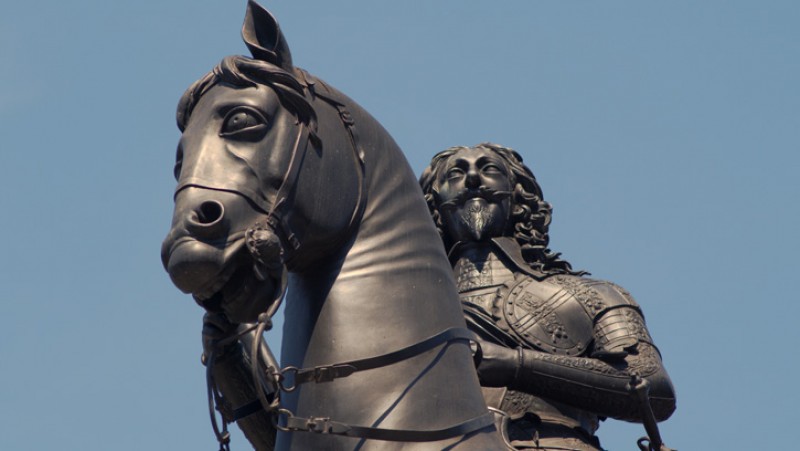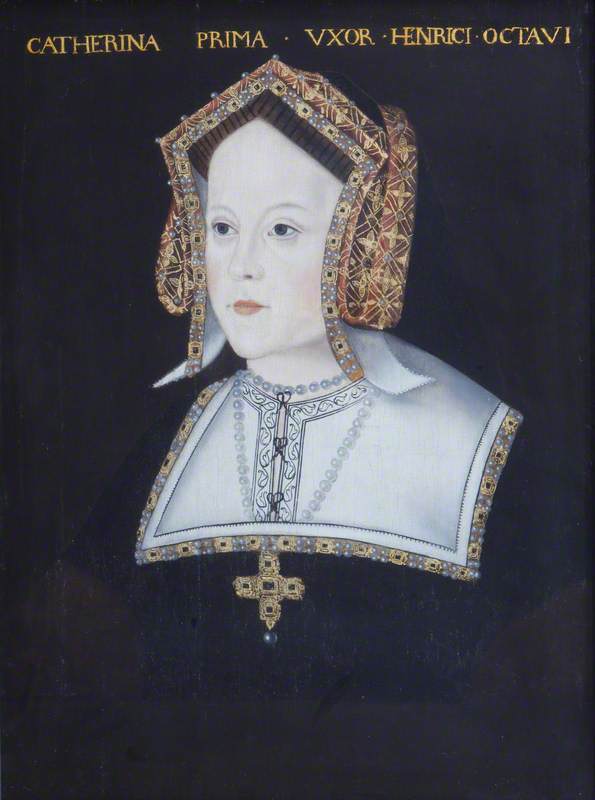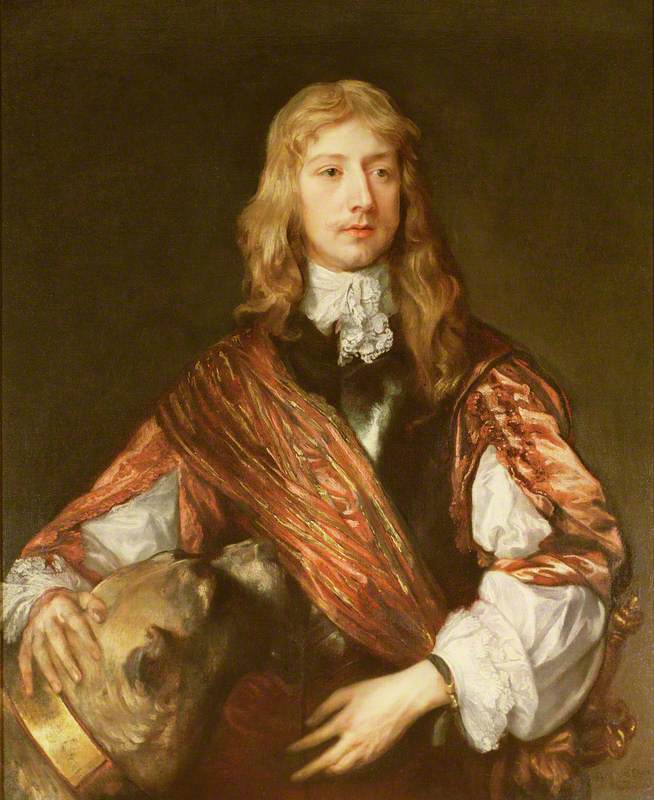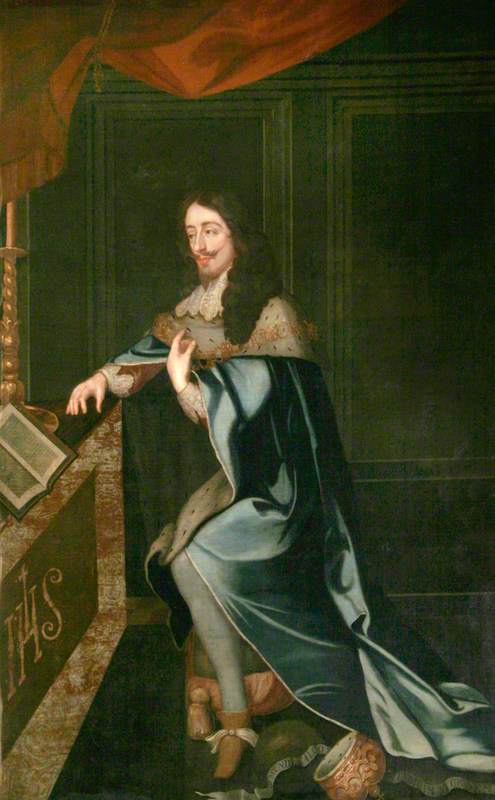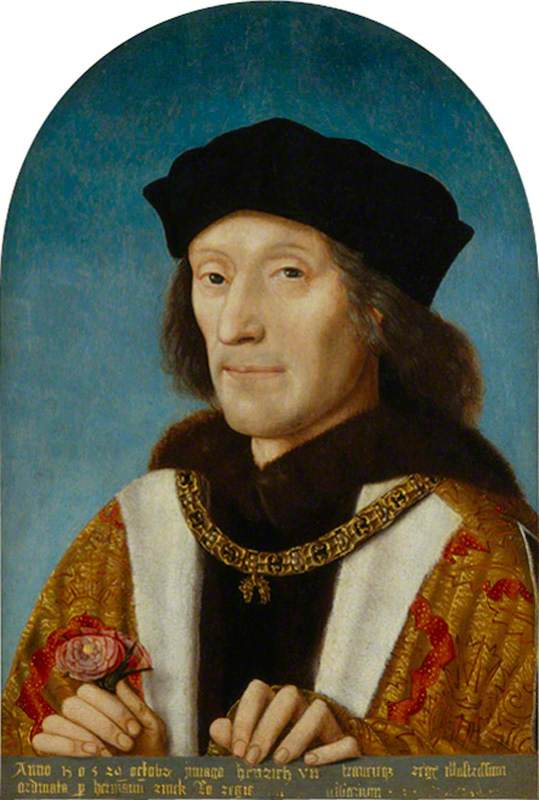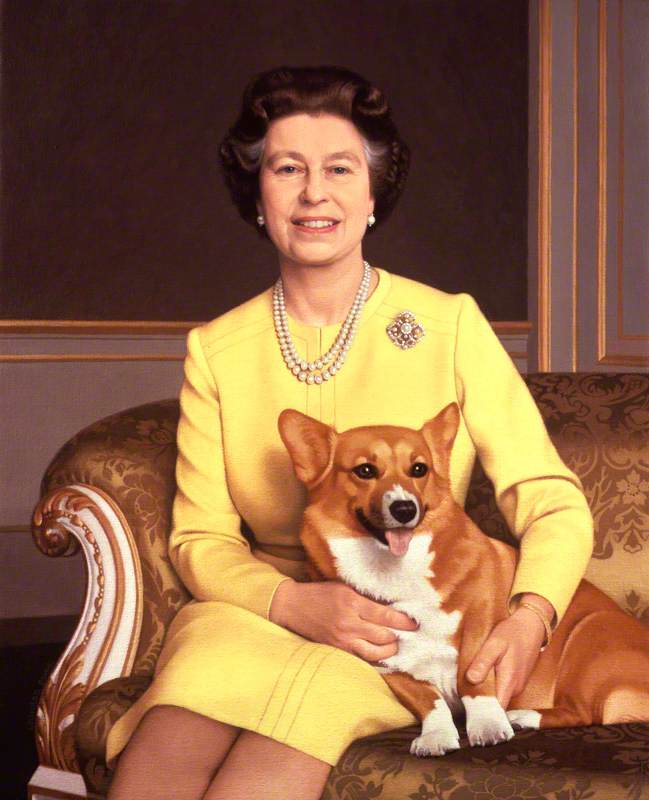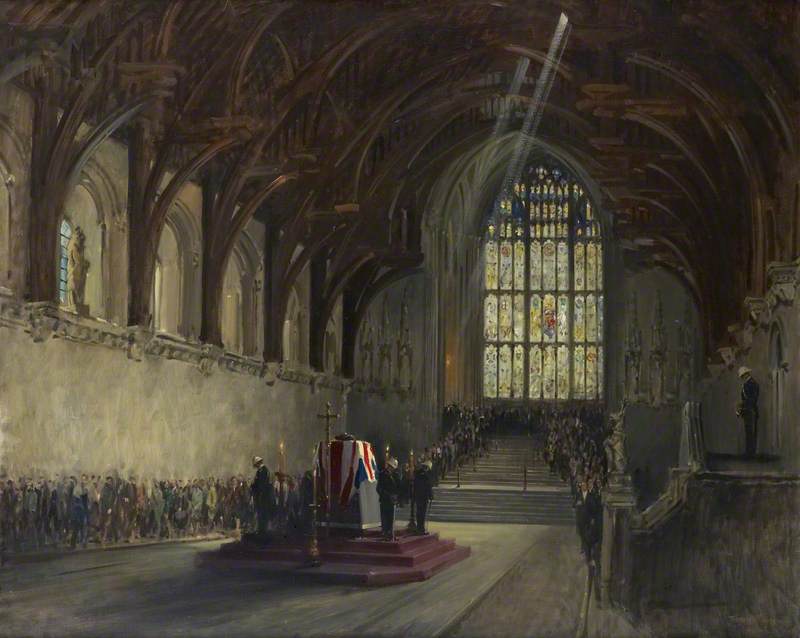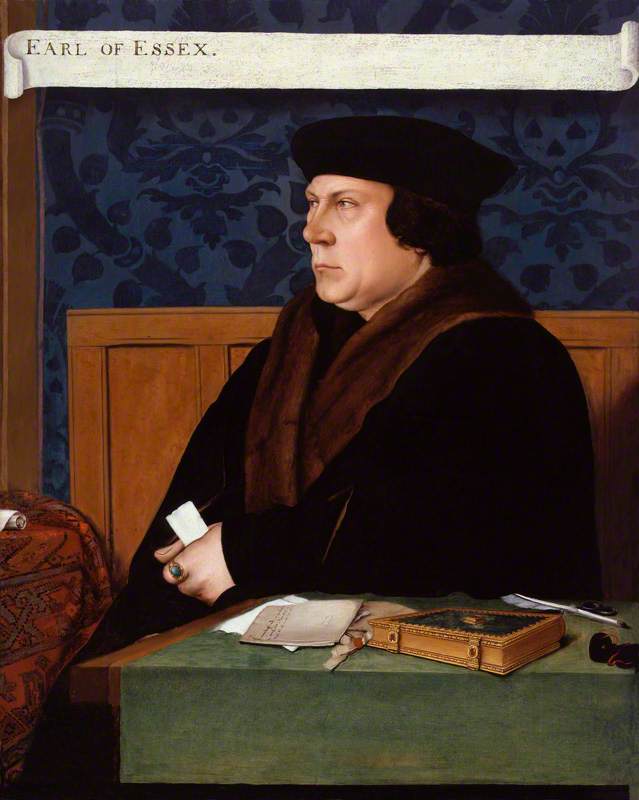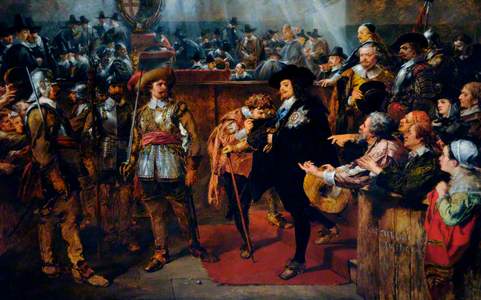Antwerp-born Anthony van Dyck (1599–1641) was invited to Britain in 1632 by Charles I’s Catholic artistic adviser, the 21st Earl of Arundel. Van Dyck was promptly knighted and provided with both a London home and an English wife. Over the next eight years, Charles I used Van Dyck to create an image of a cultured, absolutist monarch in the contemporary European pattern.
To complement Van Dyck’s splendid royal portraits, Charles I’s Catholic queen, Henrietta Maria, used her personal contacts in Rome to persuade Gian Lorenzo Bernini (1598–1680), Europe’s best-known sculptor, to carve a bust of her husband. As official sculptor to Pope Urban VIII, Bernini could not leave Rome, and therefore needed a guide for the king’s features. This van Dyck duly provided in the form of the superb triple portrait of 1635 (the original of which is in The Royal Collection), in which Van Dyck captures the certainty of the monarch’s beliefs but also conveys his wistful, reserved air.
Tragically, Bernini’s original bust of 1636 was destroyed in the Whitehall Palace fire of 1698. Thankfully, English sculptor John Bushnell (1636–1701), who had trained in Italy and studied Bernini’s work, had already made a lead version of the bust in about 1675. This still survives today in the collection of Compton Verney in Warwickshire.
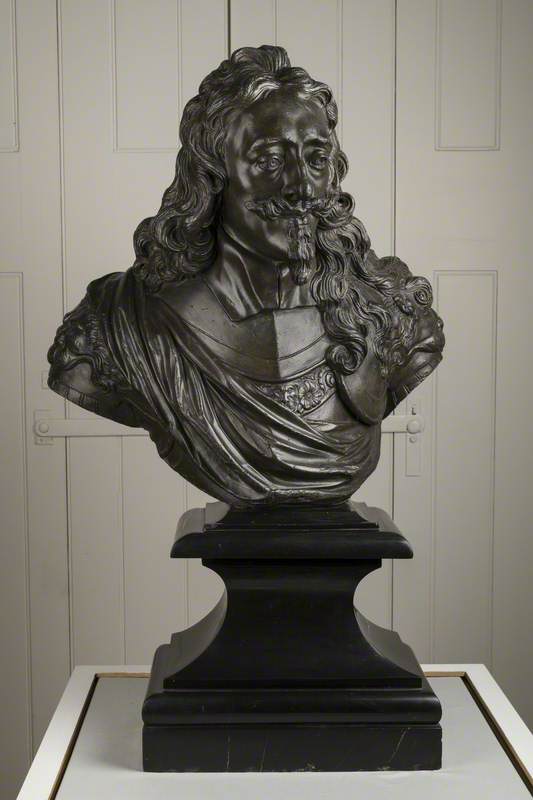
Image credit: Compton Verney
John Bushnell (1636–1701) and Gian Lorenzo Bernini (1598–1680) (after)
Compton VerneyA year after Van Dyck’s death in 1641, the first battle of the English Civil War was fought a few miles from Compton Verney, at Edgehill on the Oxfordshire/Warwickshire border. By 1645, though, the tide had turned against the king’s armies, and on 30th January 1649 Charles I was executed in London. The venue chosen by Parliament was the Banqueting House so recently built by van Dyck’s friend and colleague, Inigo Jones – a work which, like van Dyck’s portraits of Charles I, symbolised for many Britons the royal family’s dangerously European absolutist and Catholic sympathies.

Image credit: Sheffield Museums
Charles I Leaving Westminster after His Death Sentence Had Been Passed 1872
John Gilbert (1817–1897)
Sheffield MuseumsOliver Cromwell, who made himself the nation’s Lord Protector in 1653, carefully avoided such politically charged imagery. He shunned the flattering sophistication and Baroque symbolism of van Dyck and sought to have himself painted for posterity just as he was – even if that depiction did not show him in the best light.
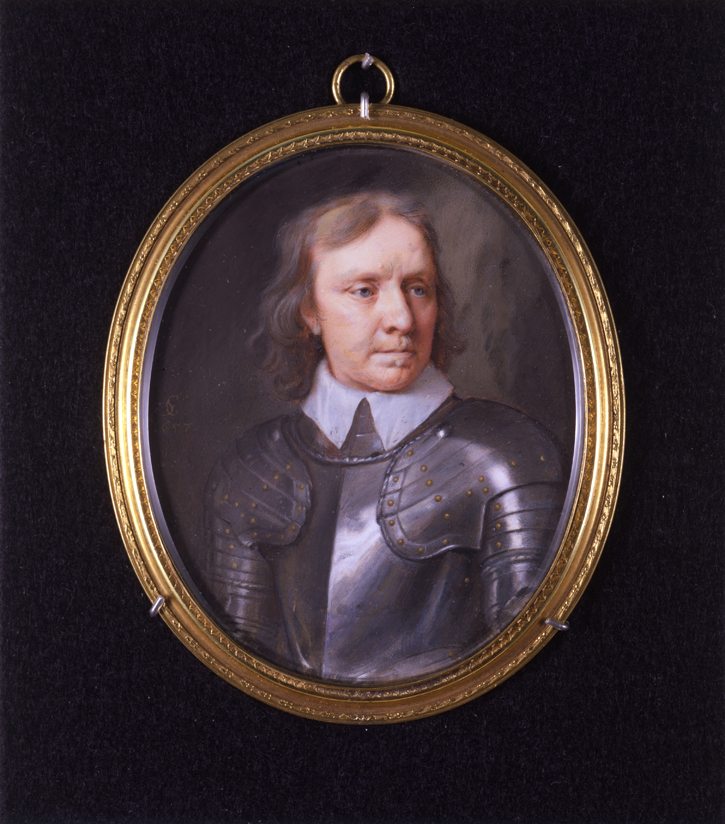
Image credit: Compton Verney
Oliver Cromwell
by Samuel Cooper (1609–1672)
The famous miniature of Cromwell by Samuel Cooper (1609–1672) of 1657 shows the disillusioned Lord Protector as he requested, depicted with ‘pimples, warts, and everything as you see me’.
This superb work, now on display at Compton Verney, represents one of the first truly parliamentary portraits. Its forthright, honest style was a deliberate break with the flattering royal portraits that preceded it – most notably Anthony van Dyck’s sumptuous, romanticised and symbol-laden royal images of the 1630s. Painted in the year in which Cromwell declined the offer of the English crown from his fellow generals, it is an emphatically constitutional portrait.
Steven Parissien, Director of Compton Verney
